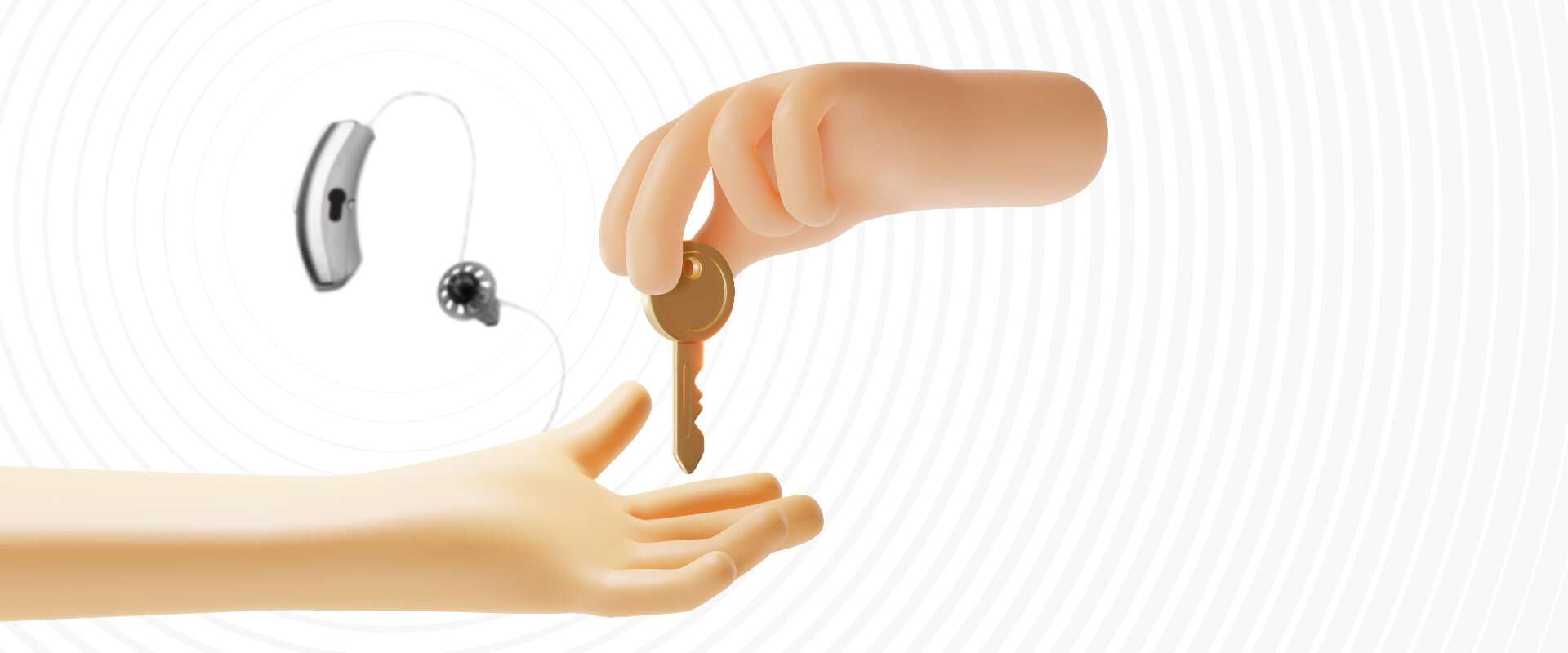By Rachel Bell
This article is a part of the July/August 2021, Volume 33, Number 4, Audiology Today issue. Access a print-friendly PDF of this article here.
According to 10-year-old data revisited at this years’ AAA 2021 Virtual Conference (Mueller and Picou, 2010; Valente et al., 2018), only about 30 percent of practicing and dispensing audiologists perform real-ear measurements regularly (always or nearly always). It seems every year at least one conference provides a session showing little change in these numbers.
Some barriers to use include access to a system/cost and familiarity with the equipment (Kochkin et al, 2010). As new professionals in the field, we can move these numbers to the other end of the spectrum. This article will review the barriers, provide practical information to overcome them the barriers, and discuss the benefits of performing real-ear measures with every hearing aid patient following best practice guidelines.
Why Perform Real-Ear Verification?
The goals of real-ear verification are to ensure the speech spectrum is audible within the patient’s residual dynamic range and to match the gain and output of the hearing aid against the patient’s hearing loss and evidence-based prescriptive targets (Mueller and Picou, 2010). But how important are these goals, and do manufacturer prescriptive strategies provide adequate gain?
Research as well as my own personal use of real-ear measurements with manufacturer first fit settings have consistently shown that first fit settings typically under-amplify the high frequencies (Aarts and Caffe, 2005; Hawkins and Cook, 2003). We know that researched and validated prescriptive targets, and the ability to “meet” them with real-ear measurements, ensure that we are providing the best access to acoustic information. The MarkeTrak VIII report (Kochkin et al, 2010) compared new and experienced hearing aid users in six areas impacting hearing aid user success. The report concluded that providing real-ear measurements at the fitting for both new and experienced users result in an increased likelihood of above-average success with hearing aids.
Another study in 2017 examined differences in words and phoneme recognition in quiet and noise as well as subjective outcomes (using questionnaires). The study compared hearing aids fit with manufacturer first fit settings (without real-ear measures) to devices adjusted to the National Acoustics Laboratories (NAL) revised prescriptive procedure (NAL-NL2) (Dillon, 2012) using real-ear insertion gain measurements.
The findings showed a 15 percent advantage in word recognition and nearly 8 percent advantage for phonemes presented in quiet at 50 dB SPL for NAL-NL2 real-ear measures fit devices compared to manufacturer first fit. No significant differences were seen for noise measures. As for patient preference of fit, nearly 80 percent of the participants preferred the fitting achieved with real-ear measures to the first fit (Valente et al, 2018).
Cost of a System
One of the barriers reported when it comes to why people do not use probe-microphone measurements is access to a system (Kochkin, 2011). On average, a new probe-microphone system will cost between $14,000 and $20,000 depending on the manufacturer and extra equipment to utilize the full functionality of your system (for example, the addition of a skull simulator for test-box verification of bone-anchored devices). This is not a small cost. However, the benefits of using them in the overall satisfaction of your hearing aid patients and the time you will save being able to achieve an accurate fitting every time is nothing to discount. Many times, audiologists and hearing instrument specialists around the country sell previously used real-ear equipment.
This could be a good way to obtain pre-owned equipment at a discount; however, it is important to consider maintenance costs. Most times, these systems will no longer have a manufacturer’s warranty. Therefore, any repairs or equipment to get the device functioning for clinic use would be out-of-pocket and may limit the initial cost savings by purchasing used. It would also be important to consider costs for calibration or replacement equipment if needed.
Hardware and Software
Maybe it has been a while since you have worked with a real-ear measurement system or perhaps you want more in-depth tutorials on prescriptive targets. Maybe you have a unique fitting or are starting to see pediatric patients and adults. Real-ear measures continue to be regularly researched and explored, and there are several great ways to expand your knowledge of them. Attending annual conferences and free trainings on the Academy’s www.eAudiology.org online learning platform can provide up-to-date research, tutorials, and further details on prescriptive fittings.
Manufacturers of real-ear systems are also available to provide set-up or to show you the specific features of their equipment. The manual for most real-ear systems is also built-in to the software and can provide step-by-step instructions of every test the systems can do. Once you have obtained a real-ear system, it is important to create an account with the manufacturer so you can download updates to the system regularly. These updates typically include more tools for obtaining the most accurate measurements as well as updated support as new devices are released onto the market.
Final Thoughts
Advances in the technology of the devices we fit have been substantial, even in the past five years. As technology races forward, we explore more ways for assessing audibility with hearing aids, such as using cortical auditory evoked potentials (CAEPs). And results so far are promising, especially for those who cannot provide reliable behavioral responses or if there are questionable certainty of their hearing thresholds (Ching et al, 2016). But even with these advances, real-ear systems continue to provide objective measurements of the interaction between the hearing aid and a patient’s ear when they wear it. For professionals in the field of audiology, obtaining, understanding, and using real-ear measures continues to be a critical piece in providing comprehensive clinical care to our patients (Kochkin et al, 2010).
References
Aarts N, Cafee C. (2005) Manufacturer predicted and measured REAR values in adult hearing aid fitting: accuracy and clinical usefulness. Int J Audiol 44:293–301.
Ching TYC, Zhang VW, Hou S, Van Buynder P. (2016) Cortical auditory evoked potentials reveal changes in audibility with nonlinear frequency compression in hearing aids for children: clinical implications. Sem Hear:7(1):25–35.
Dillon H. (2012) Hearing Aids. Boomerang Press. New York, NY: Boomerang Press and Thieme.
Hawkins D, Cook J. (2003) Hearing aid software predictive gain values: how accurate are they? Hear J 56(7):26–34. Kochkin, S. (2011). MarkeTrak VIII: Reducing patient visits trough verification and validation. Hear Rev 18 (6): 10-12.
Kochkin S, Beck D, Christensen L, et al. (2010) MarkeTrak VIII: The impact of the hearing healthcare professional on hearing aid user success. Hear Rev 17(4):12–34.
Mueller HG, Picou E. (2010) Survey examines popularity of real-ear probe-microphone measurements. Hear J 63(5):27–32.
Valente M, Odeing K, Brockmeyer A, Smith S, Kallogjeri D. (2018) Differences in word and phoneme recognition in quiet, sentence recognition in noise, and subjective outcomes between manufacturer first-fit and hearing aid programmed to NAL-NL2 using real-ear measures. J Am Acad Audiol 29(8): 706–721.


